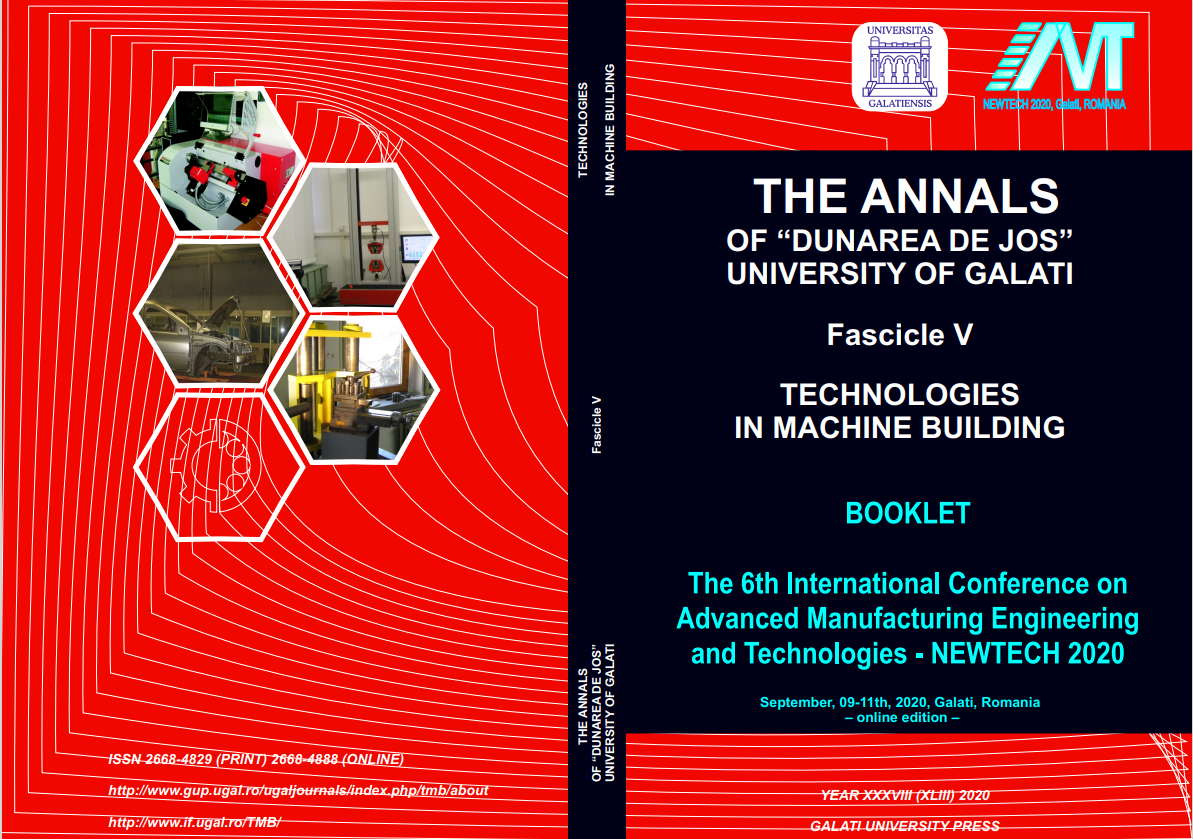Experimental investigation and regression modelling to improve machinability in CNC turning of CALMAX® tool steel rods
Abstract
This paper studies the effect of cutting conditions (spindle speed - rpm; feed rate - mm/rev and depth of cut - mm) on main cutting force and surface roughness during CNC turning of the commercial tool steel CALMAX® by Uddeholm (Sweden). Experiments have been designed using the Central composite design (CCD) approach. The experimental design involved twenty base runs with eight cube points, four center points in the cube, six axial points and two center points in axial direction. Statistical analysis to examine the effect of cutting conditions on the responses of main cutting force and surface roughness included ANOVA under the scope of generating a full quadratic model for predicting the responses. Finally, a feed-forward back-propagation neural network was applied to predict the responses of cutting force and surface roughness. It was found that regression models corresponding to the responses as well as the neural network developed can efficiently explain much of the variation in terms of main cutting force and surface roughness and thereby they may be implemented to practical applications either for predicting actual machinability parameter values or for setting up objective functions to be evaluated by intelligent algorithms for process optimization.


